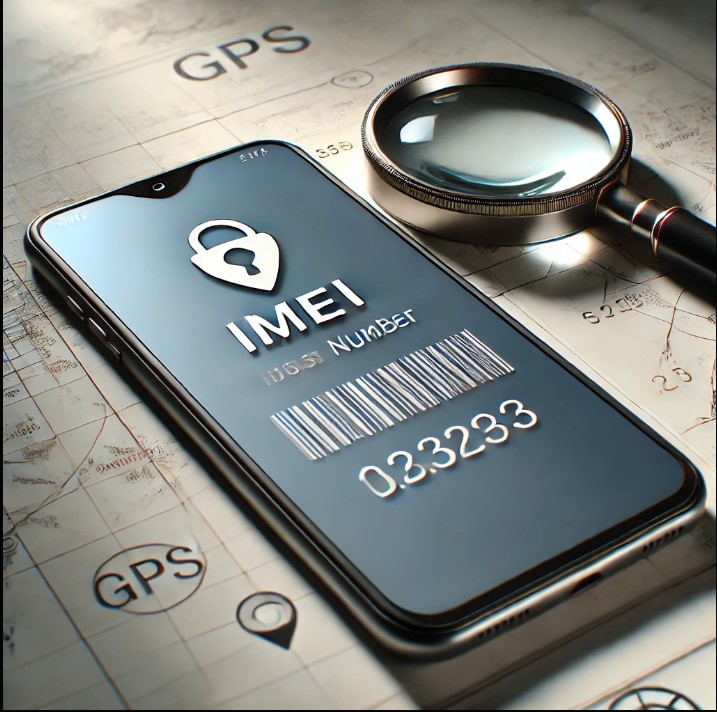The Use of IMEI Number in Mobile Tracking
mobile phones have become an integral part of our lives, housing sensitive personal data and serving as communication lifelines. Losing a phone can feel catastrophic, but technology offers solutions to locate and recover it. One such solution relies on the International Mobile Equipment Identity (IMEI) number. This blog post explores the role of the IMEI number in mobile tracking, its importance, how it works, and its benefits and limitations.
What Is an IMEI Number?
The International Mobile Equipment Identity (IMEI) is a unique 15-digit code assigned to every mobile device that uses a cellular network. It serves as a universal identifier for the device and remains constant throughout its lifecycle, irrespective of SIM card changes or other modifications. The IMEI is embedded in the hardware and can be retrieved using specific commands or found on the device packaging.
Importance of IMEI in Mobile Tracking
The IMEI number is vital in mobile tracking for the following reasons:
- Device Identification: It provides a unique identity to each device, ensuring it can be differentiated from others.
- Recovery of Lost or Stolen Devices: IMEI allows authorities and telecom operators to track the location of a phone when it is lost or stolen.
- Global Standardization: As a universally recognized standard, the IMEI ensures compatibility across networks and regions.
- Security Measures: By blacklisting a device’s IMEI, telecom operators can render it unusable on cellular networks, discouraging theft and unauthorized resale.
How IMEI Tracking Works
Step 1: Reporting the Loss
When a phone is lost or stolen, the owner must file a police complaint and provide the IMEI number. This initiates the tracking process.
Step 2: Collaboration with Telecom Operators
The police work with telecom operators to monitor the device’s IMEI. Each time the phone connects to a cellular network, its IMEI is logged along with the location.
Step 3: Location Identification
Using cell tower triangulation or GPS data, authorities can approximate the device’s location. Advanced systems may provide real-time tracking for active devices.
Step 4: Blacklisting (if recovery isn’t possible)
If retrieval is unlikely, the IMEI can be blacklisted, making the device inoperable across networks. This step ensures that the stolen phone cannot be reused or resold.
Advantages of IMEI Tracking
1. Precision in Identification
IMEI uniquely identifies devices, ensuring accurate tracking and differentiation.
2. Universal Applicability
Since IMEI is a global standard, it works across countries and telecom providers, making it highly versatile.
3. Deterrence for Theft
Blacklisting an IMEI renders a phone unusable, discouraging theft by reducing its resale value.
4. Non-Dependence on SIM Cards
IMEI tracking works regardless of the SIM card used, making it effective even if the thief replaces the SIM.
Limitations of IMEI Tracking
1. Dependence on Network Connectivity
IMEI tracking relies on cellular network connectivity. If the device is turned off or out of coverage, tracking is not possible.
2. Privacy Concerns
Unauthorized use of IMEI tracking can lead to privacy violations. Strict regulations are necessary to prevent misuse.
3. Technical Expertise Required
Effective IMEI tracking often requires collaboration between law enforcement and telecom operators, along with technical know-how.
4. Cloned or Altered IMEI Numbers
Some skilled individuals may modify or clone IMEI numbers, complicating the tracking process and evading detection.
How to Find Your Phone’s IMEI Number
Knowing your phone’s IMEI number is essential for safeguarding it. Here are some ways to retrieve it:
- Dialing a Code: Dial *#06# on your phone, and the IMEI number will appear on the screen.
- On the Device: Check the back of your phone or the SIM tray for a printed IMEI number.
- Phone Box or Receipt: The IMEI is usually printed on the original packaging or purchase receipt.
- Online Accounts: Log into your Google (Android) or Apple (iOS) account to find the IMEI associated with your device.
Practical Tips to Enhance Mobile Security
- Enable Tracking Services: Use tools like Find My Device (Android) or Find My iPhone (iOS) to locate your phone.
- Backup Data Regularly: Ensure your important files are backed up to prevent data loss in case of theft.
- Use Strong Passwords: Lock your phone with a strong PIN, password, or biometric authentication.
- Be Cautious with Public Wi-Fi: Avoid accessing sensitive information on public networks to prevent hacking.
- Install Anti-Theft Apps: Use security apps that offer additional tracking and data-wiping features.
Frequently Asked Questions (FAQs)
1. Can a phone be tracked without an IMEI number?
Yes, alternative methods like SIM card tracking, app-based tracking, and Wi-Fi/IP tracking can locate a phone without an IMEI.
2. Is IMEI tracking legal?
IMEI tracking is legal when performed by authorized entities such as law enforcement and telecom providers. Unauthorized tracking is a violation of privacy laws.
3. Can a blacklisted phone be reused?
A blacklisted phone is inoperable on cellular networks but may still function offline. Some individuals attempt to bypass this restriction using illegal methods.
Conclusion
The IMEI number is a cornerstone of mobile tracking, offering a reliable way to recover lost or stolen devices. Its unique and universal nature ensures compatibility across networks and regions. However, while it’s a powerful tool, IMEI tracking is not without limitations, including dependence on network connectivity and the risk of misuse. By understanding the role of the IMEI number and adopting proactive security measures, you can better protect your devices and enhance your chances of recovery if the need arises

No responses yet